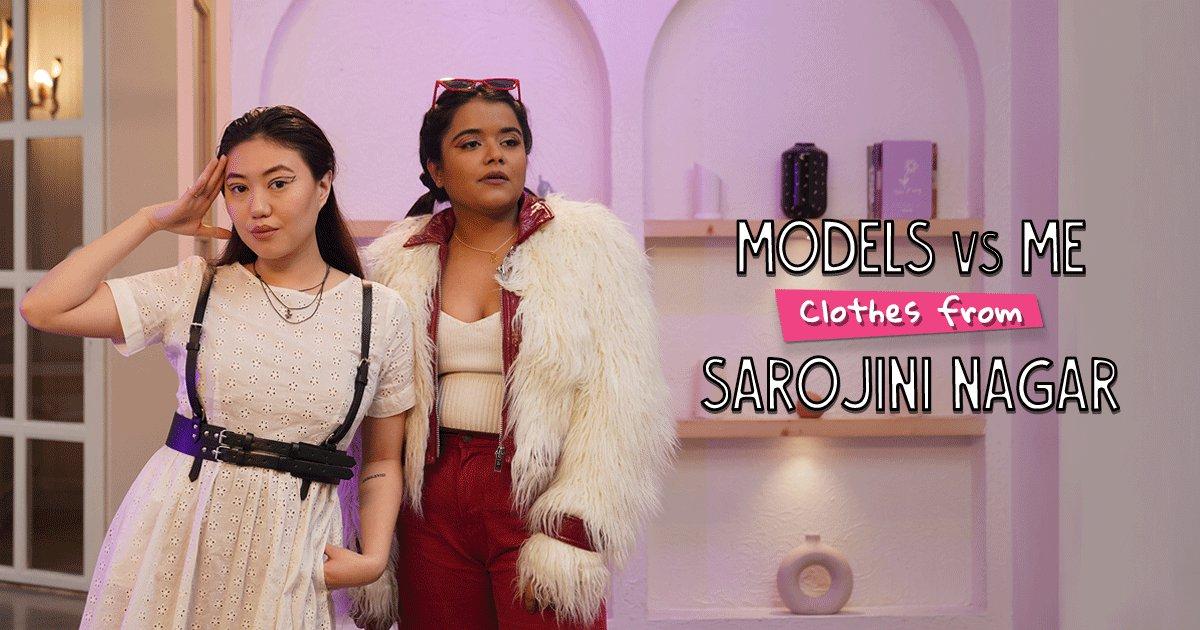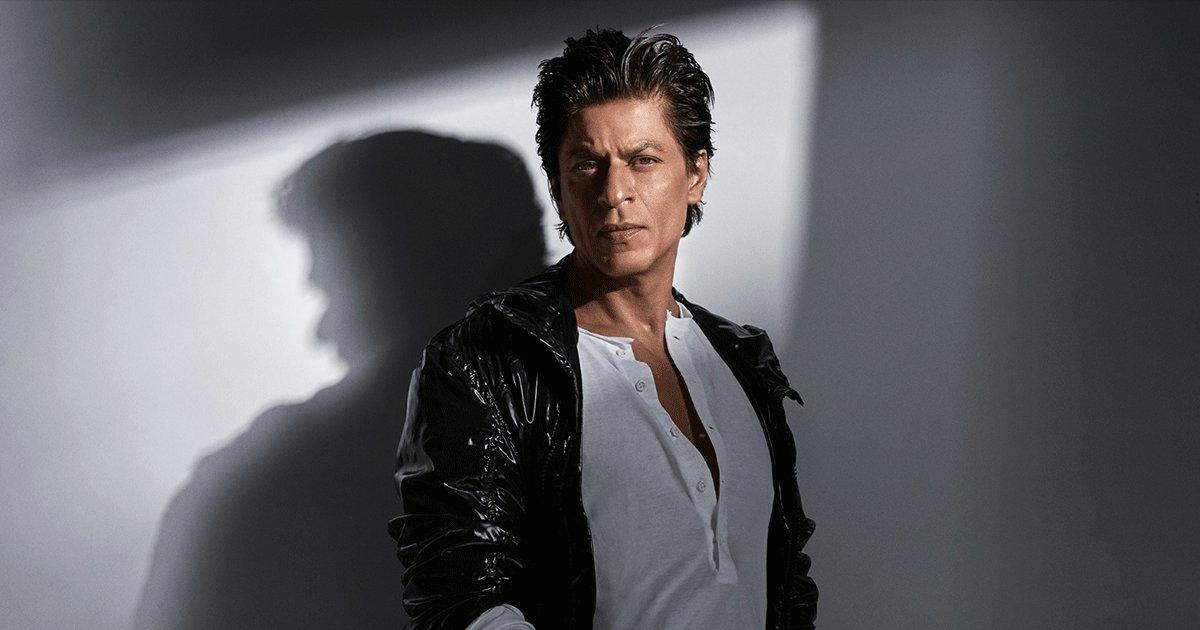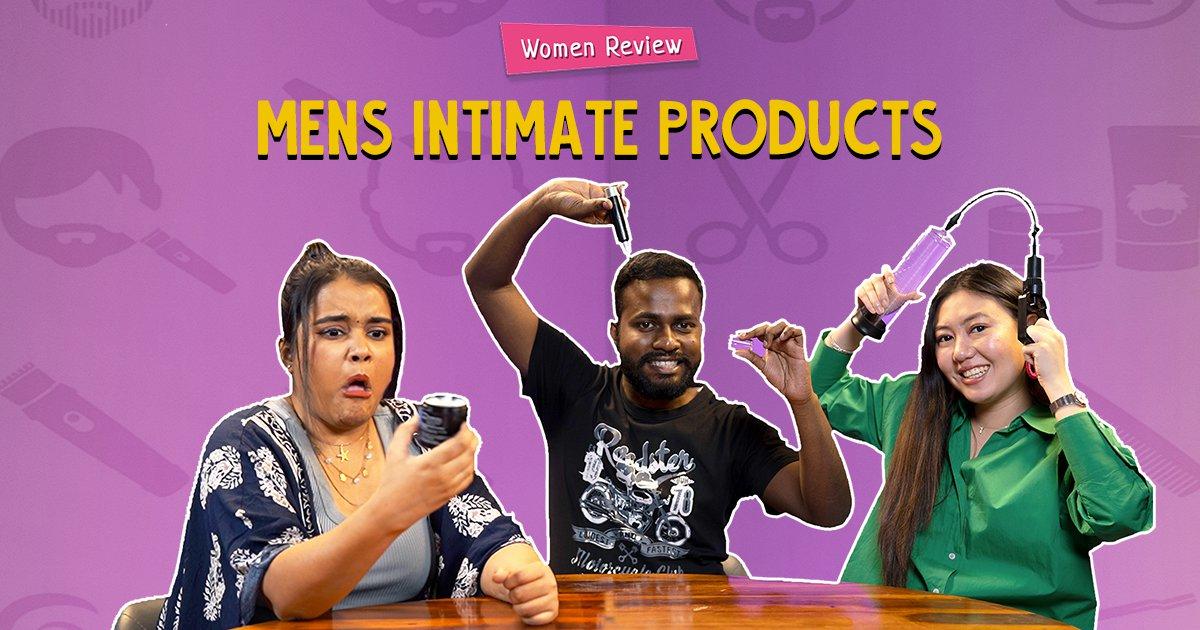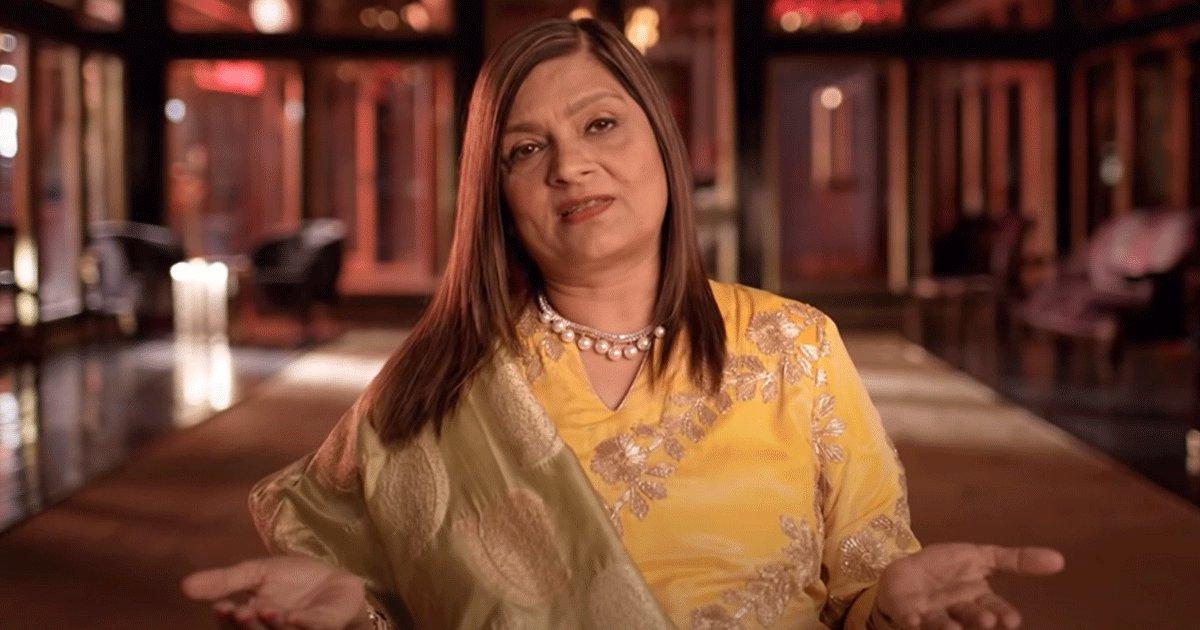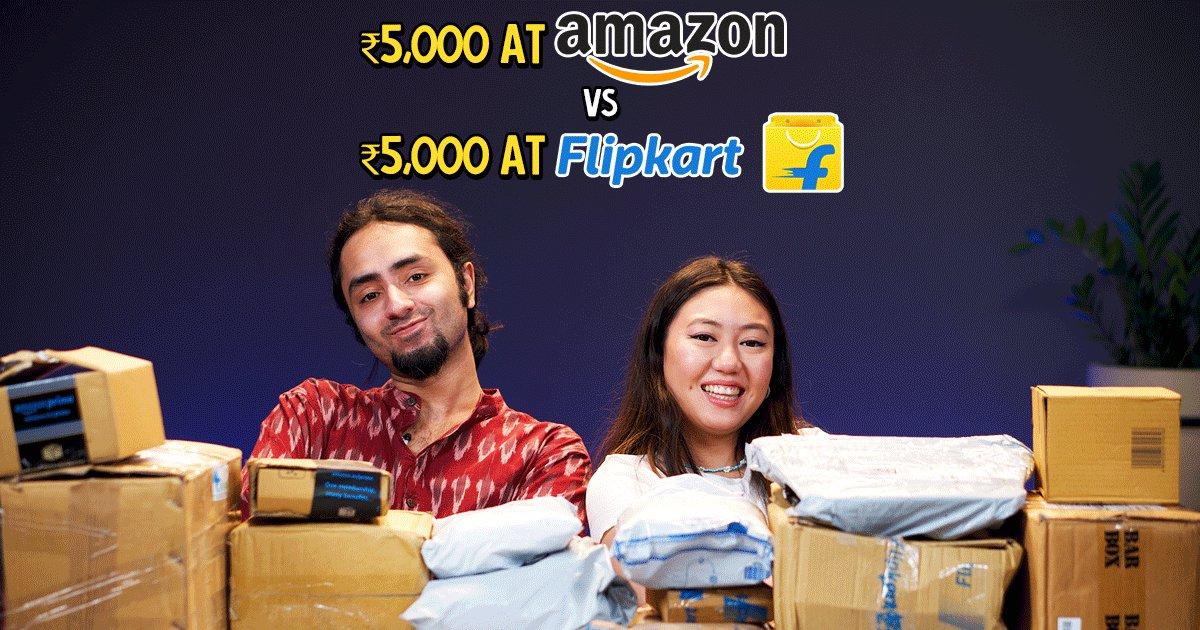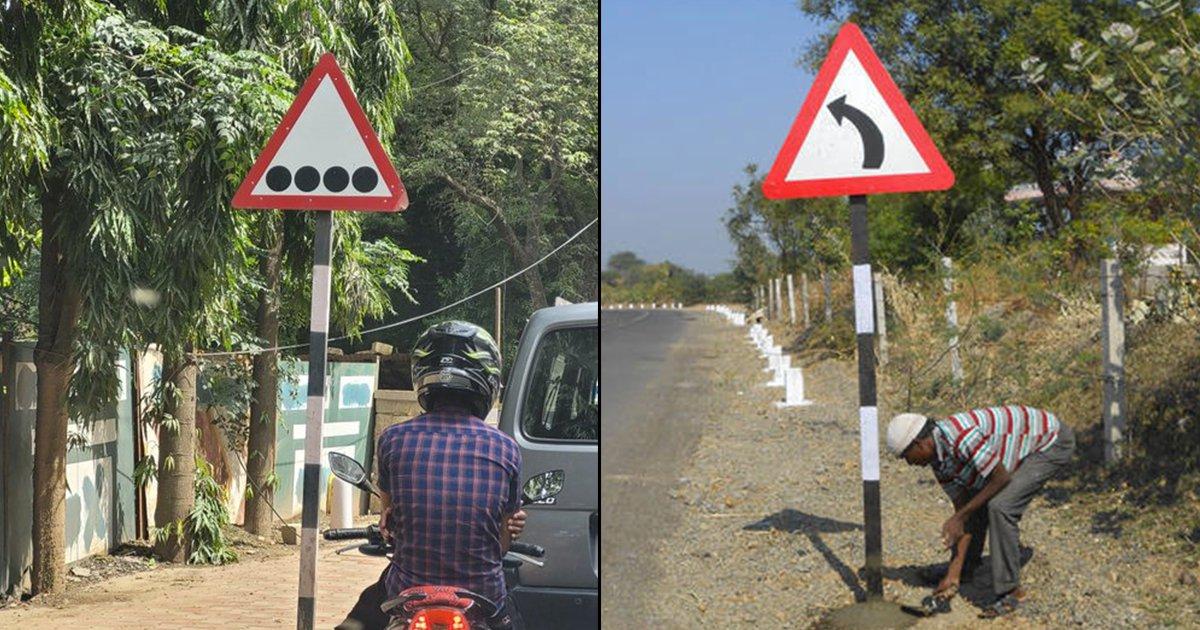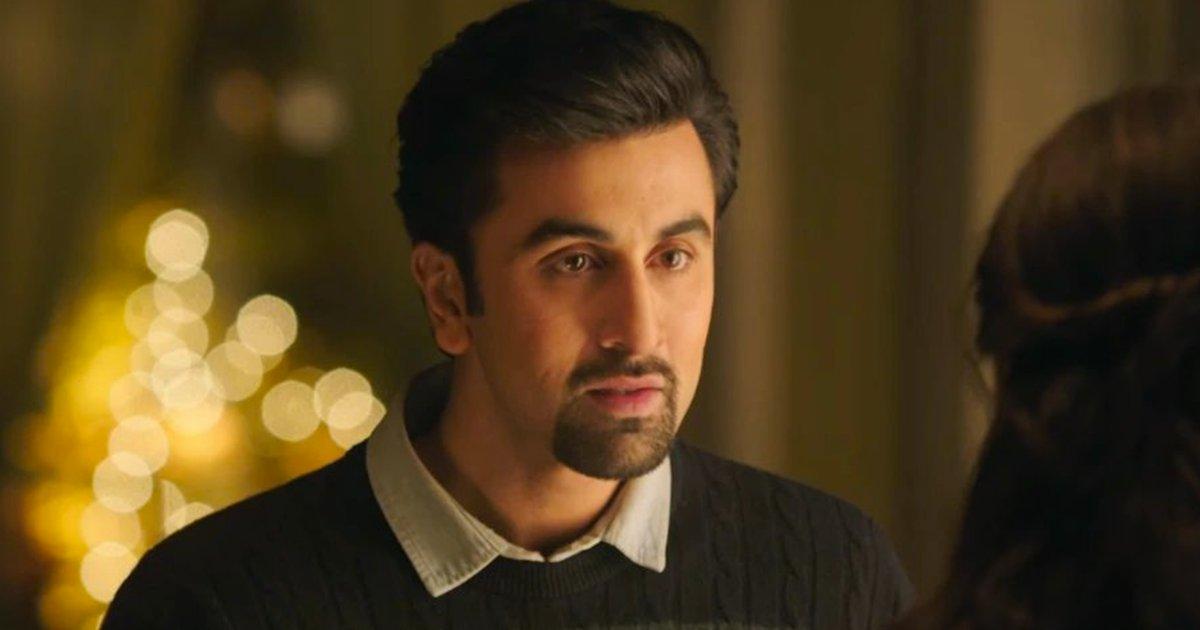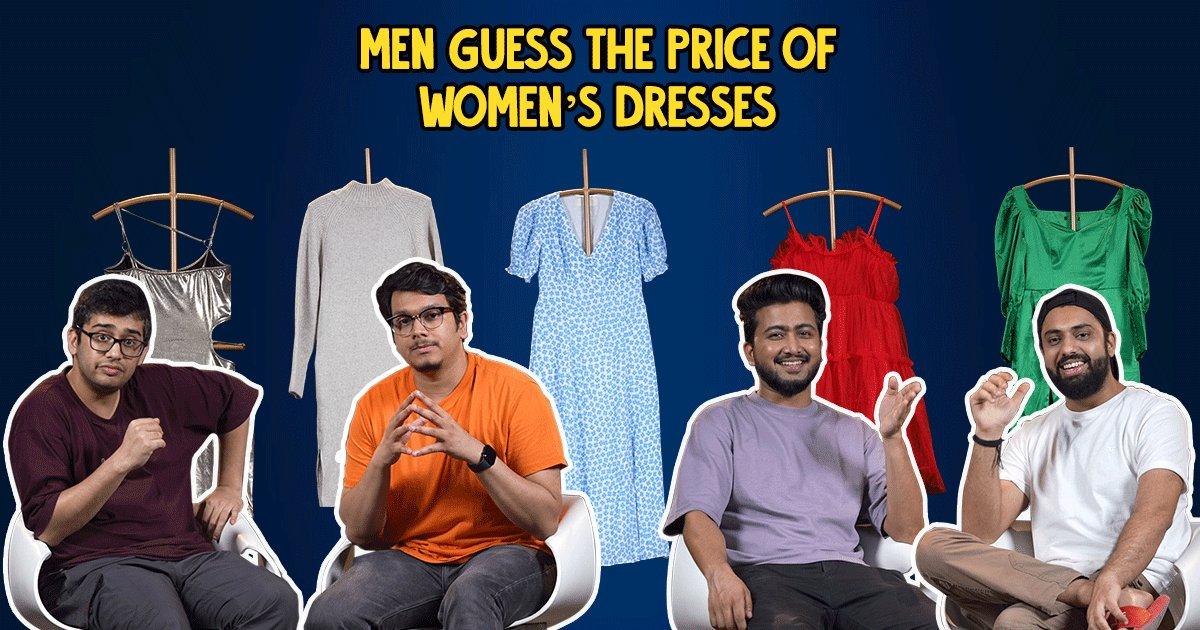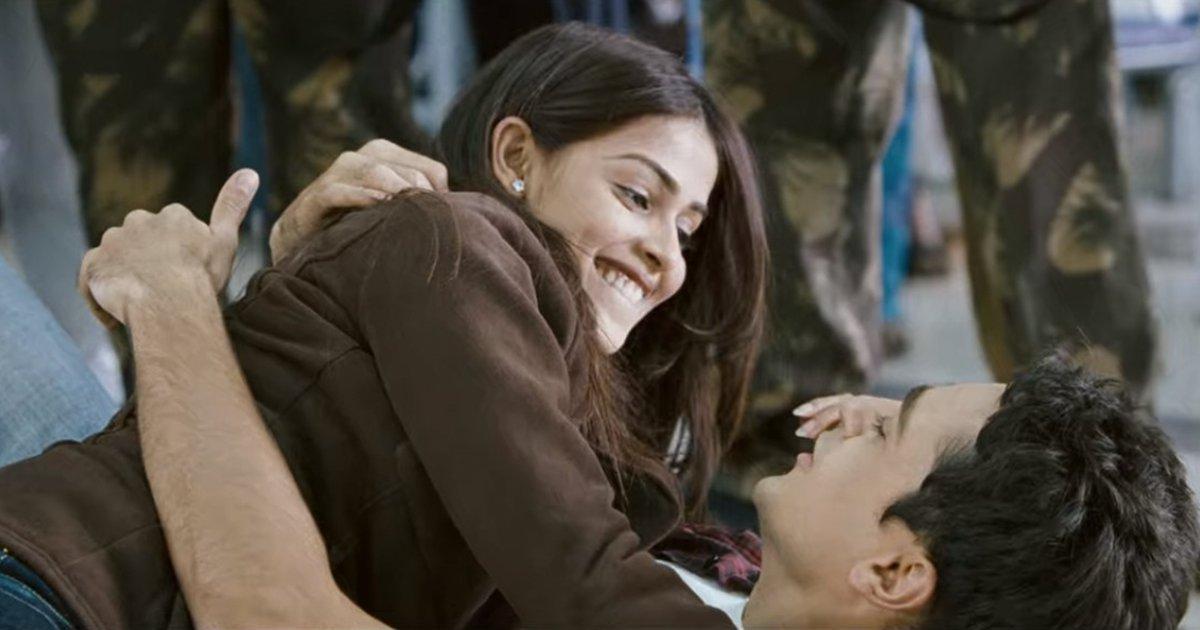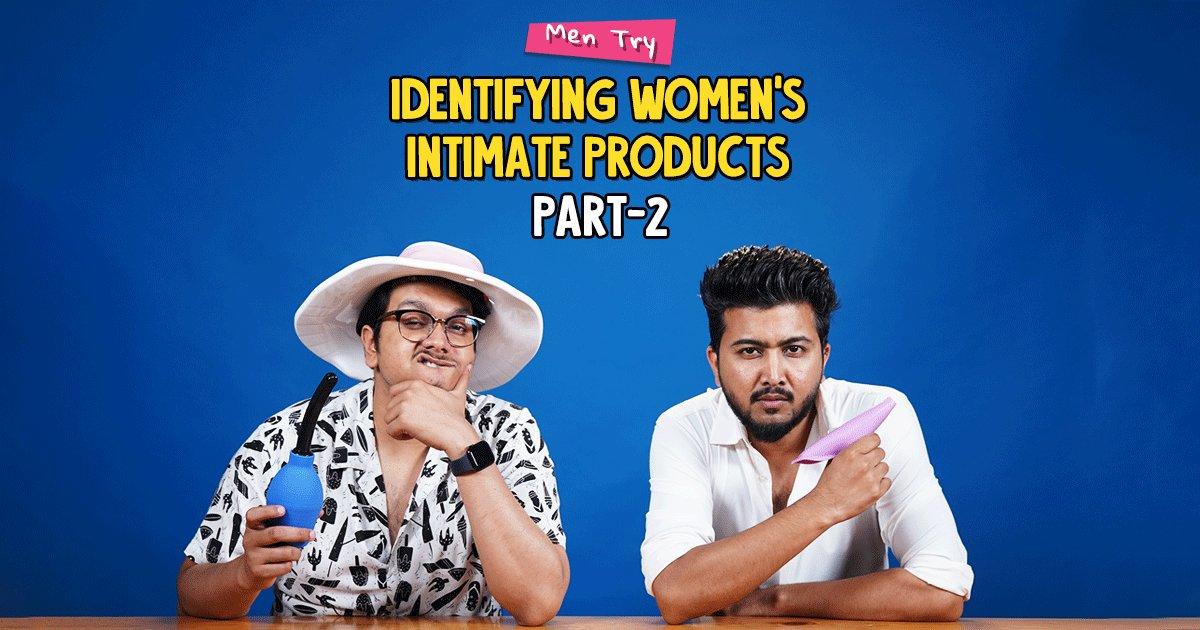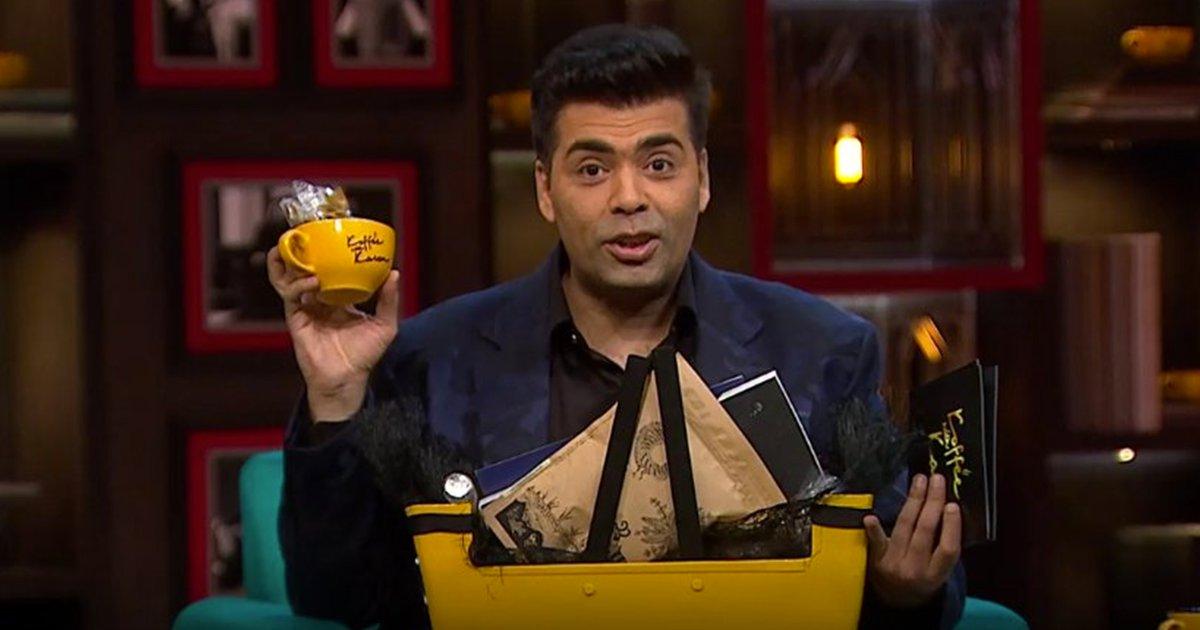ADVERTISEMENT
stories
Hollywood
Prada Agrees To Buys Versace for $1.3B in Major Italian Fashion Merger
6 days ago | 2 min read
ADVERTISEMENT
ADVERTISEMENT
Bizarre
“Excuse Me” Is Now a Crime — Women & Baby Attacked Over Two English Words
7 days ago | 2 min read
In Other News
AI Goes From Replacing Humans to Removing Them! And Zomato Just Did That
9 days ago | 2 min read
Automobiles
Automobile Wars Have Started, and Indian Car Makers Are Not Happy. Here’s the tea!
10 days ago | 3 min read
ADVERTISEMENT
Entertainment
The News Is Out! Diljit Dosanjh is Officially The Global Brand Ambassador For Levi’s & We’re Losing Our Minds!
about 2 months ago | 3 min read
Weddings
Gautam Adani Hosted A Simple Wedding for His Son & Here Are All The Deets
about 2 months ago | 2 min read
ADVERTISEMENT
Travel
Two Wheels, One Epic Adventure: A Breathtaking Ride Through Northeast India
about 2 months ago | 5 min read
In Other News
This Cab Has More Facilities Than A Flight & We Are Delighted At This Hospitality!
2 months ago | 3 min read
ADVERTISEMENT
Fashion
Blender’s Pride Fashion Tour Celebrates Fashion Icon Rohit Bal’s Legacy in Gurugram
3 months ago | 4 min read
Entertainment
The Lifestyle Of Chris Martin: Luxurious Cars, Lavish Mansions And No Dinner
3 months ago | 3 min read
Entertainment
10 Instances That Prove Chris Martin Is An Absolute Dakota-Coded Pookie
3 months ago | 6 min read
In Other News
Netizens Share Price Differences On Delivery Apps For iOS & Android And We Are Shocked!
3 months ago | 5 min read
Entertainment
After ‘Black Warrant’ & ‘Paatal Lok’, Here Are OTT Shows To Look Forward To
3 months ago | 5 min read
ADVERTISEMENT
Life
Redditors Share Free & Helpful Resources On The Internet And We Are Grateful
3 months ago | 2 min read
Entertainment
You Love These FTII Alumni But Do You Know They’re All From The Same Batch Of 2005?
3 months ago | 3 min read
Sports
All You Need To Know About Himani Mor: Tennis Player Who Married Neeraj Chopra
3 months ago | 3 min read
Entertainment
12 Tweets To Read Before Streaming ‘Paatal Lok’ S2 On Amazon Prime
3 months ago | 3 min read







